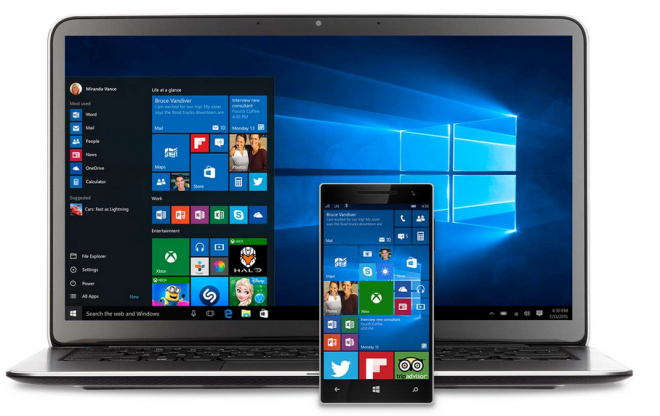Lessons From Windows 10’s Unending Patches

If you’re an early adopter of Windows 10, chances are pretty good you’ve spent a not-inconsiderable amount of time updating the new operating system.
Since Windows 10’s July debut, Microsoft has issued three major updates. Although the updates are cumulative, the company’s notes on the new-and-improved files offer precious little insight. Are they security-related? Speed improvements? Minor tweaks to features? Or a grab-bag of everything?
Whatever the causes, the constant updates are beginning to cause a lot of online grumbling. “Thanks to a sequence of issues with post-RTM updates, the calls for Redmond to rethink its update strategy are getting louder and more urgent,” ComputerWorld blogger Richi Jennings wrote in an August 17 posting. Others have pointed out that releasing updates that mix security patches and feature improvementsis a bad way to go about fixing a platform.
For software-builders out there, the Microsoft brouhaha offers two solid lessons:
Communicate
While a number of Windows 10 users certainly find the continual downloading-and-patching an irritant, they seem just as disturbed over Microsoft’s lack of communication about the purposes behind the patches. A brief note saying that a massive file download “includes improvements to enhance the functionality of Windows 10” isn’t going to do it for most people, especially power users who need to know if a new update will mess with their customized settings.
While most developers aren’t building platforms as big and complex as Windows, the need for communication still stands: If you’re asking someone to update with a patch, you have a duty to break down in detail why they need to click “Download.”
Fully Bake Your Product
Yes, downloading a software update is easier than ever. Yes, people have speedy connections. Yes, we’re no longer in Ye Olden Days when software needed to work (relatively) flawlessly out of the box. Even so, releasing software and then asking people to download patches and updates for it on a weekly basis is a good way to turn a customer into an ex-customer, especially if your product is nowhere near as established as Windows.
The better route is to finalize your software as much as possible before release. Microsoft may not have had that option, due to financial considerations, but smaller developers can (sometimes) afford to spend a little more time making sure as much as possible is locked before pulling the trigger on release.











